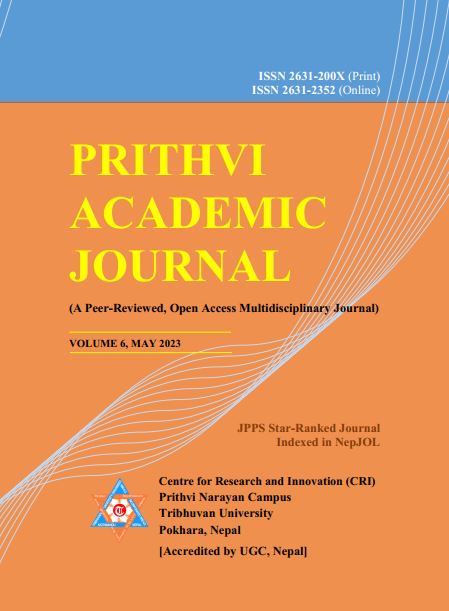Strengthening Multiparty Democracy in Nepal: An Assessment of Parliamentary Elections since 1951
DOI:
https://doi.org/10.3126/paj.v6i1.54664Keywords:
Parliamentary system, elected government, democratic republic, federalismAbstract
Based on the secondary data, using qualitative descriptive methods, the study aims to examine the evolution of Nepal's parliamentary system and its actual practice. In the nation's first general election held in 1959, in accordance with the parliamentary system practice, the Nepali Congress won two-thirds of the vote. Similar to this, the left coalition, which includes the Nepal Communist Party (UML) and Nepal Communist Party (Maoist Centre), received nearly two-thirds of the electorate's votes in 2017. Both of those two-thirds governments were unable to function for a full term. Both internal and external factors contributed to the incapacity to work continuously for the entire time period. The findings of the study show that political parties were unable to sustain democratic norms, beliefs, customs and culture because the public opinions expressed by the Nepali people could not be properly translated into political stability and long-lasting peace. In this study, this issue regarding the overall functioning of the political system has been raised because even Nepal's majority rule is not able to remain in the government for a whole term. The study also argues that the parliamentary democratic system is not a “dirty” game, but our political leaders are the dirty players. The study concludes that that Nepal's parliamentary system requires a modification and Nepali political parties should follow democratic norms and values.
Downloads
Downloads
Published
How to Cite
Issue
Section
License
Copyright (c) 2023 Authors and Centre for Research and Innovation (CRI)

This work is licensed under a Creative Commons Attribution 4.0 International License.




